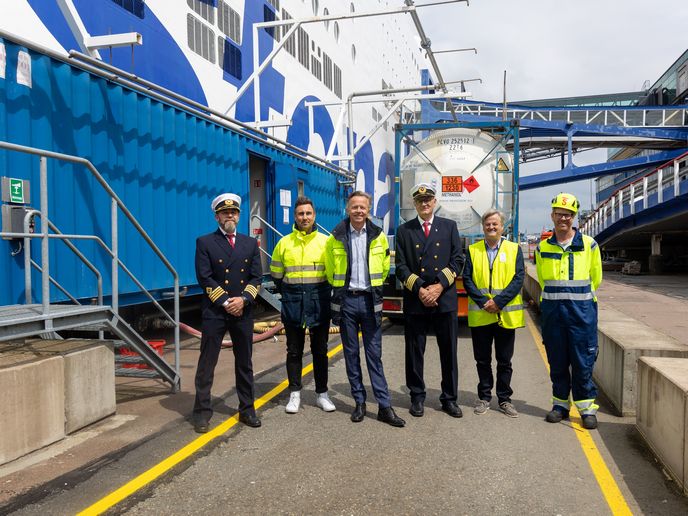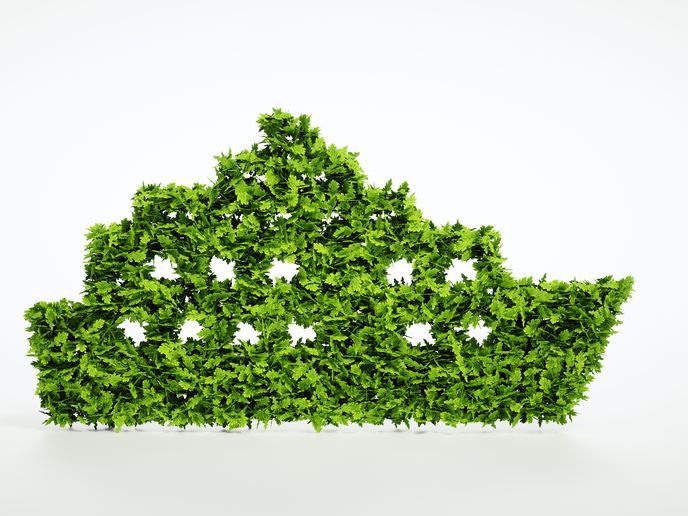Steel plant CO2 fuels the shipping sector with greener methanol
Finding ways to abate emissions is a priority to achieve the EU’s climate-neutrality (net-zero greenhouse gas emissions) goals for 2050. In 2018, global emissions generated by the shipping sector accounted for approximately 3 % of human activity-related emissions. Steelmaking is an energy-intensive and carbon-intensive process. Likewise, the steel industry generates about 5 % of CO2 emissions in the EU and 7 % globally. The EU-funded FReSMe project found a way to decarbonise both industries to a significant extent by connecting one’s output to the other’s input, all with little need for new equipment or plants. The team developed and optimised an innovative combination. CO2 capture technology to capture CO2 from steel plant blast furnace gas was coupled with emissions-to-liquids (ETL) methanol production to produce fuel for the shipping industry.
CO2 capture coupled with methanol production
In Europe, most steel is produced via the blast furnace-basic oxygen furnace route. In the blast furnace, the iron in iron ore is separated from oxygen via a reduction reaction, primarily using coke from coal as the reducing agent. As a result, in addition to steel, the steel production process generates significant residual blast furnace gas containing carbon monoxide, CO2 and hydrogen (H2). Plans to reduce the steel sector’s emissions increasingly focus on replacing these existing steel production processes with new steel plants based on the direct reduction of iron using H2. However, this transition will take time and money. FReSMe turned to the sorption-enhanced water-gas shift (SEWGS) process for CO2 capture and H2 production, developed approximately a decade ago largely through the previous EU-funded CACHET and CAESAR projects. FReSMe successfully demonstrated that SEWGS is a technology especially well-suited for carbon capture in steel production processes. The next step was recycling this CO2. Methanol is a versatile, low carbon, hydrogen-rich chemical that is currently primarily produced from fossil fuels. Valorising the bigger amounts of captured CO2 to produce methanol required augmenting the amount of H2. “The pure stream of H2 obtained from the SEWGS capture unit was combined with renewable H2 produced through water electrolysis. The H2 was reacted with SEWGS-captured CO2 in the ETL unit to obtain fuel-grade, low carbon methanol, a clean burning fuel which meets the strictest emissions regulations,” explains project coordinator David Cuesta Pardo of NTT DATA.
From steel industry blast furnace gas to methanol for the shipping industry
FReSMe’s methanol was successfully used to power a roll-on/roll-off cargo ship connecting Gothenburg in Sweden and Kiel in Germany, demonstrating that CO2 can be recycled and contribute to a reduction in fossil fuel demand and emissions. “Without EU financial support for piloting innovative technologies and fostering technology transfer, many technologies would not achieve meaningful impact. Thanks to EU funding of FReSMe, both SEWGS and ETL technologies performed flawlessly with the complex mixtures of blast furnace off-gases and are moving toward large-scale deployment,” concludes Cuesta Pardo. The versatility of SEWGS is now being demonstrated by producing ammonia from blast furnace gas, and the process is ready for scale up. The ETL technology has reached commercial status, and the first large scale plants have just entered operation. The project has reaffirmed the ability of circularity and industrial symbiosis to contribute to decarbonisation of an important part of the economy.
Keywords
FReSMe, steel, CO2, methanol, H2, SEWGS, shipping, blast furnace gas, ETL, CO2 capture, emissions-to-liquids, sorption-enhanced water gas shift







